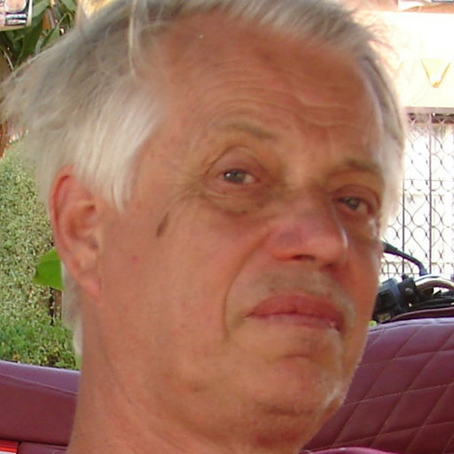


Abstract A joint paper I wrote together with M. Passare and August Tsikh in 2000 (ideas there coming from my unfortunately last joint paper with Carlos Berenstein in 1998) inspired since then the construction of what reveals to be a very powerful method to attack interpolation or division problems in $\mathbb{C}^n$ or $\mathbb{P}^n(\mathbb{C})$ (also on Stein manifolds) by solving them through explicit closed formulae. The beautiful idea which was introduced by Mats Andersson since 2004 consists in the following: attach to any generically exact complex of hermitian bundles over a complex analytic space both a Principal Value current and a residue current, the last one precisely encoding the lack of exactness of the complex of holomorphic bundles one started with. Time has now come, despite the technicity inherent to such construction, to popularize such tool facing general questions such as Hilbert’s Nullstellensatz, the surprising (and curiously not so-well known) Briancon-Skoda theorem (even in the polynomial setting), Euler-Ehrenpreis-Palamodov Fundamental Principle, or spectral synthesis problem in (adhoc) weighted algebras of entire functions.
I will try to explain this in general terms, avoiding as far as I can technicalities by cheating a little, and will illustrate with few concrete examples the novelty and efficiency of such approach. The recent monograph I wrote with Alekos Vidras about such developments of multivariate residue calculus in the past decades (which has been accepted in the AMS Mathematical Surveys and Monographs collection) inspired this lecture. Since the concept of Bochner-Martinelli kernel appears to be the keystone in such construction, I will make some digression about its use by R. Fueter in univariate quaternionic calculus, as an invitation to transpose the machinary of multivariate Principal Values and residue calculus to the noncommutative frame of $\mathbb{H}^1$.